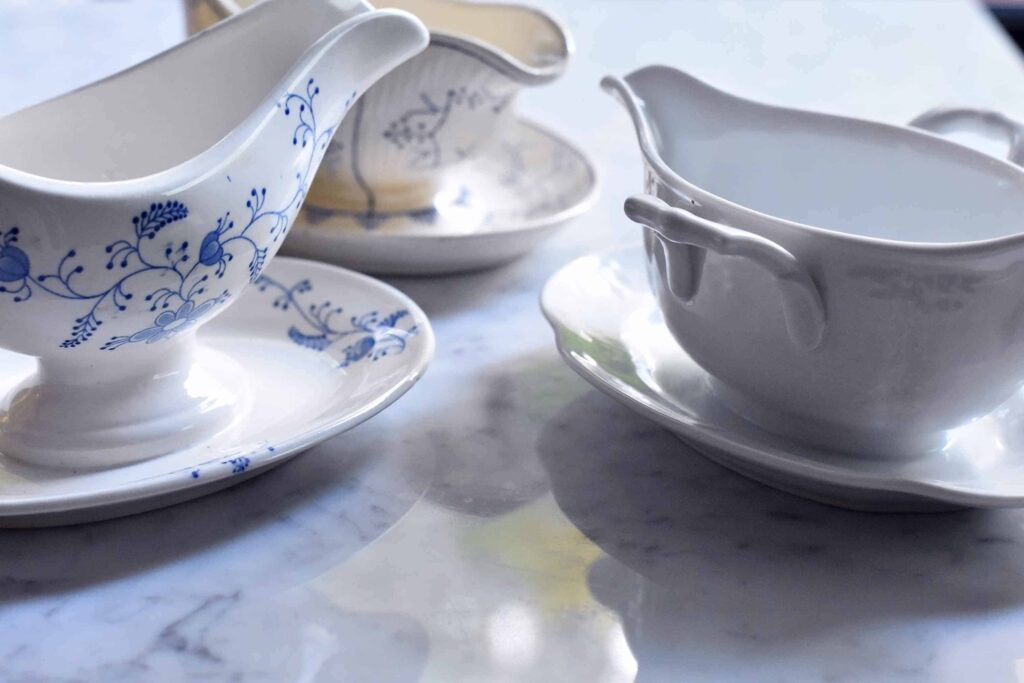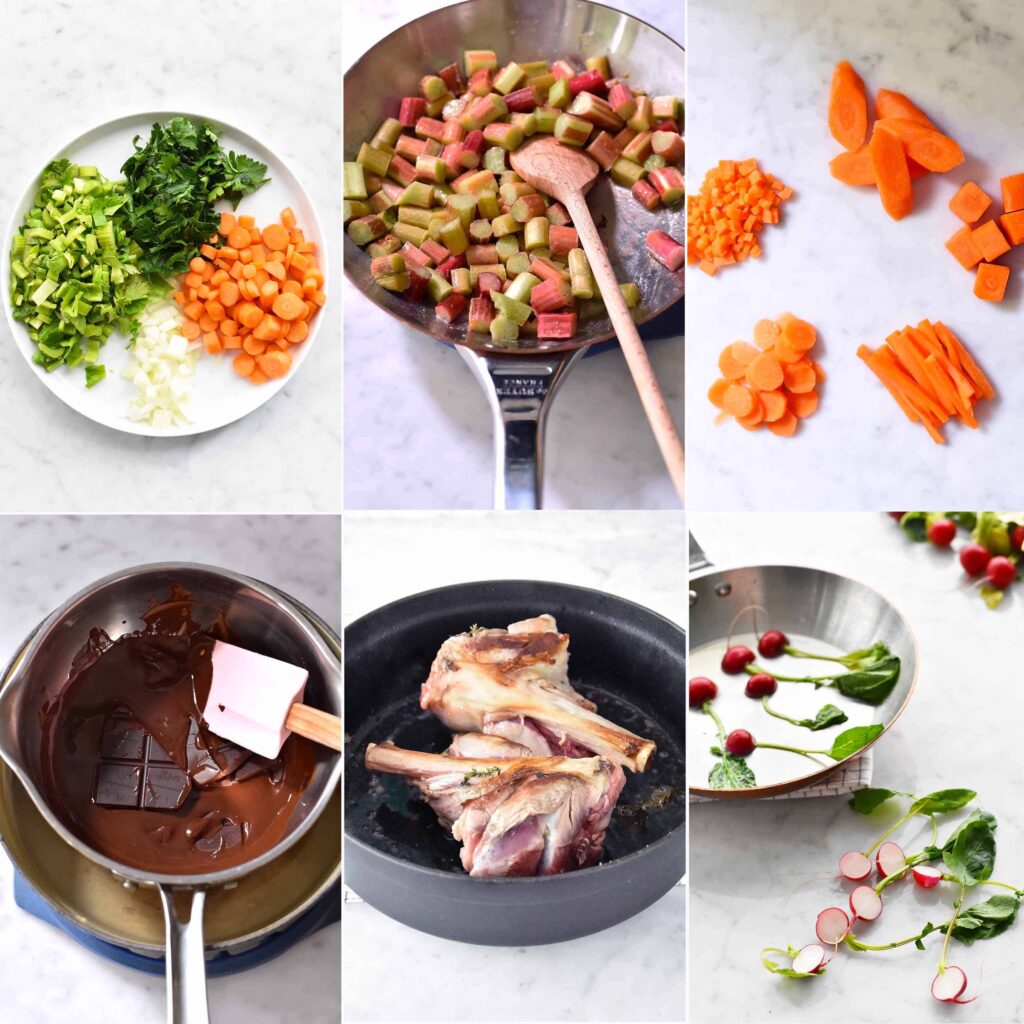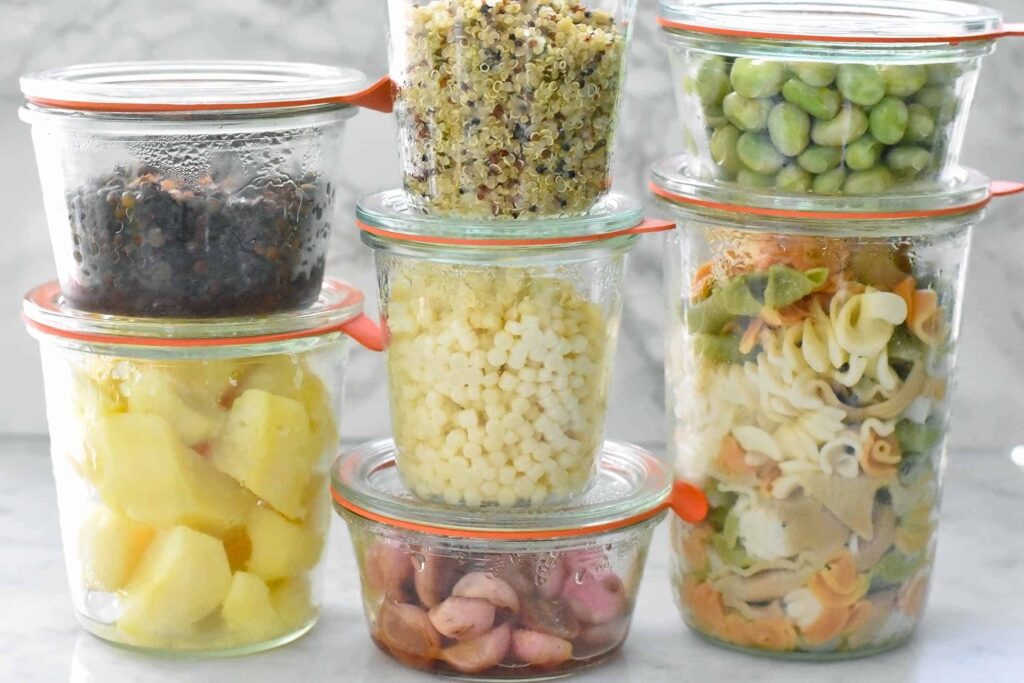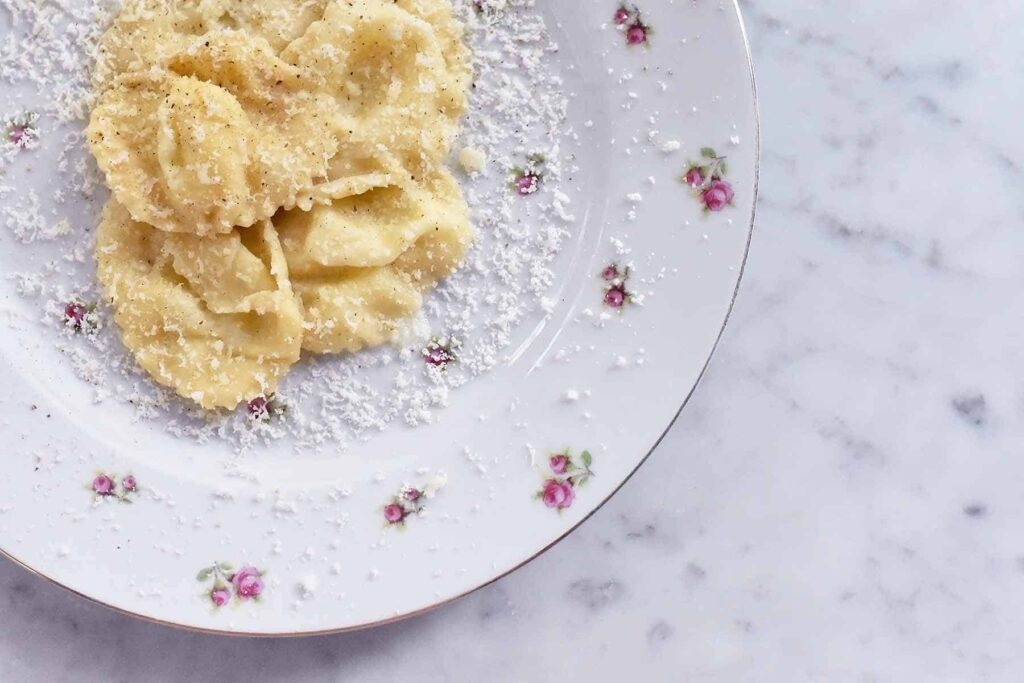Whether you are a cautious beginner or more confident home cook, let me run a few cooking tips by you, they are really useful to improve your cooking skills.
I may be a daughter of a Michelin star chef, but I learned most of my skills by trial and error ( a lot of errors!!) My dad never taught me how to cook so I took on the challenge to autodidact. When I was 12 I was convinced I could just bake a cake with a snap of my fingers. Remember back in the 90-ties barely any how-to videos existed online so I found a recipe in a book and dumped all the ingredients in a bowl, mixed and poured it into a cake tin. Baked ( burned) it and needless to say this was a disaster to the amusement of my dad, mom and brother. I didn’t give up, I made spaghetti bolognese from scratch at a friends house with a recipe our cleaning lady gave me ( the lengths I went thru when I had a chef sitting right there).
Now I have been honing my cooking skills and THE KEY is to keep learning about ingredients, cooking times, and techniques. Currently I am researching and learning more about the best equipment to cook sous-vide. This technique is where meat for example is vacuum packed in a plastic pouch and cooked in a water bath ( or simple pot) at a consistent low temperature. This enables the meat to be cooked evenly and remain super tender and juicy. More to follow on that.
Here below 6 simple cooking tips you can apply NOW and improve your cooking instantly:
USE HERBS AND SPICES – I learned using herbs and spices from my dad. He grew a lot of herbs himself as back in the 80ties even coriander (cilantro) was not readily available like it is now. My garden is North East facing so I am not very successful in growing Mediterranean soft herbs like basil, chives or oregano they require lots of sunshine. However my bay-leaf, rosemary and thyme hang in there season after season.
I love dried spices, I just can’t get enough of them. I adore the aromas when I open my spice cabinet. It transports me immediately. ( must have had a past life in the spice trade haha). I think a spice can instantly change a familiar or traditional dish into something quite different. My mood generally dictates what spice I use. Some of my ultimate favourites ground spices are: cardamon, ginger, caraway seeds, cumin, turmeric, curry, nutmeg and gloves. I am not a huge fan of cinnamon, I can do without but people tend to put it in everything. ( you can see some of my selection in the cover picture)
Learn about all these herbs and spices and enrich your dishes with new and exciting depths. Just experiment and keep tasting, this will make a huge impact.

Hang to dry your surplus of fresh herbs to enjoy them all year around.
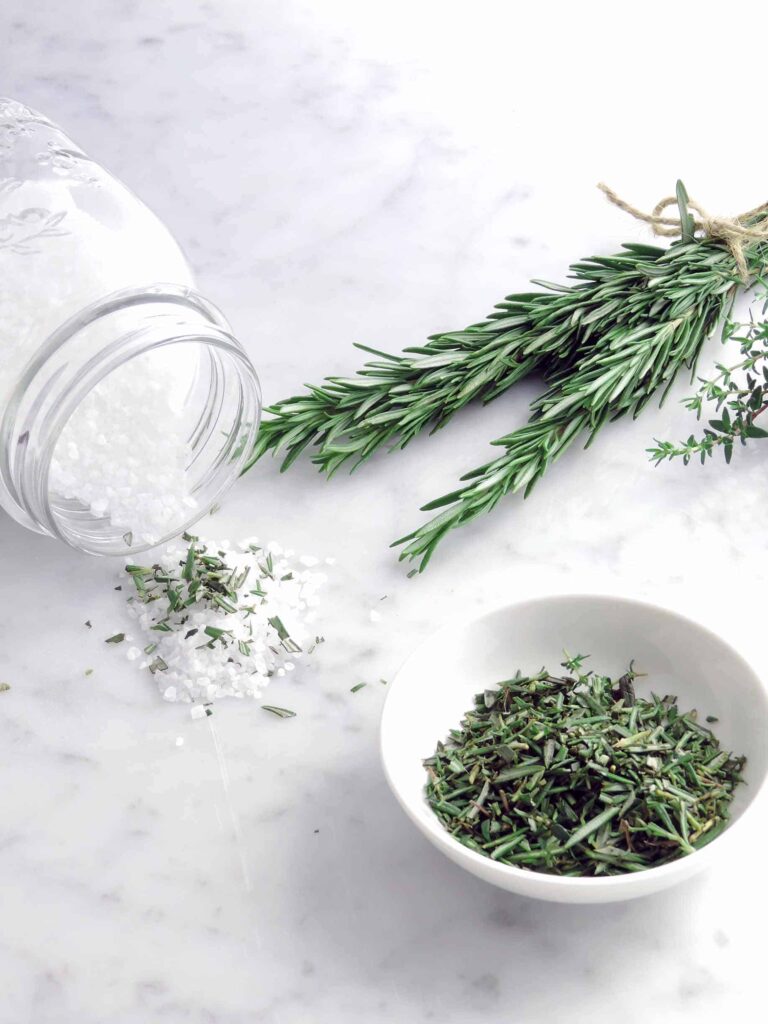
Flavour salt with dried herbs, lovely when seasoning a roast or poultry.
KNOW HOW TO STORE INGREDIENTS – store your dry ingredients and spices in an airtight jar or container in a dry cupboard. Store fresh herbs in a glass of water in the fridge. Store vegetables in the crisper drawer of your fridge. Do not store apples in the crisper drawer as they veg and fruit food spoil faster. Don’t store bananas in the fridge as they will go brown. Refrain from storing cow milk items in the fridge door as the temperature fluctuates a lot there.
Glass jars are the best way to store any dry ingredients and easy to take to the bulk buy store, straight from the shop to your shelve.
KNOW YOUR OVEN – I strongly believe every oven has it’s temperament but regardless what brand your oven is, they all ‘ve a hot spot. Turn your roast or bake half way through cooking time around and rotate dishes cooking on different levels to ensure an even bake or roast.
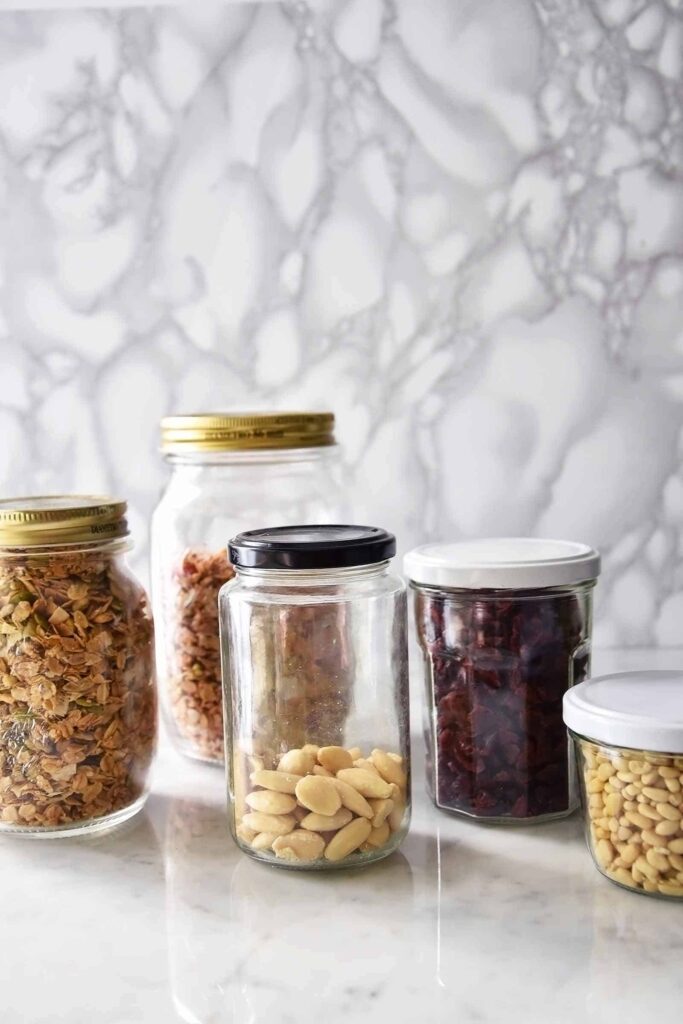
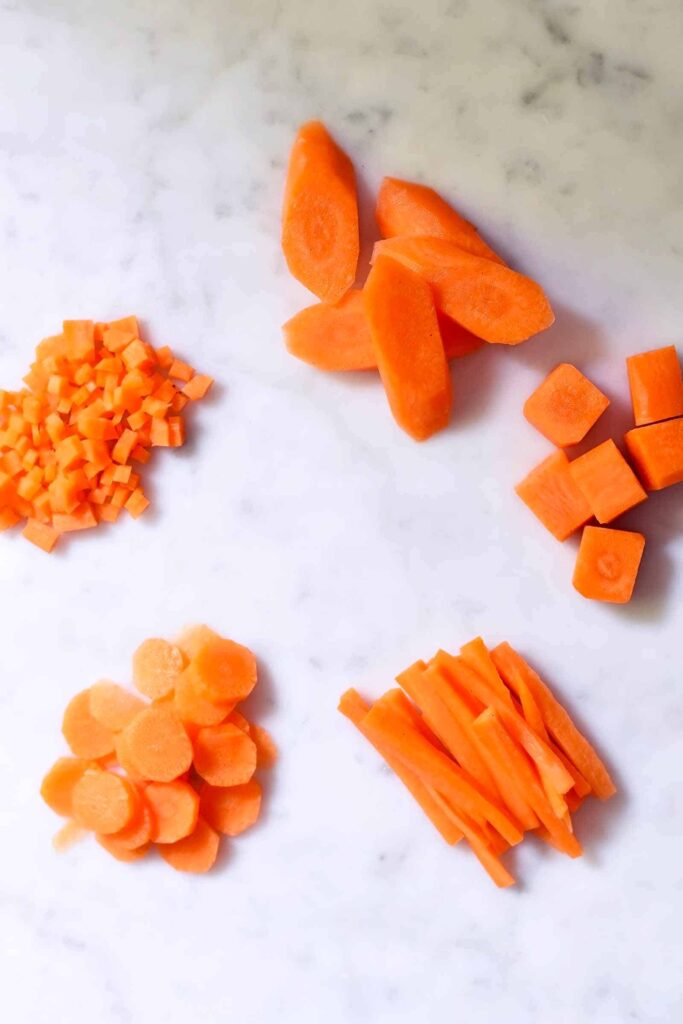
MASTER YOUR KNIFE SKILLS – I highly recommend to follow a class on knife skills or watch a few U-Tube videos a the bare minimum. To avoid any accidents the basic skill is to always tuck in your fingers of your non-dominant hand using your upper knuckles to guide the knife as you slice. Don’t lay your forefinger on the spin of the knife. Don’t forget to sharpen your knives and keep them clean and dry, they will last you lifetime.
Learn what type of cuts of vegetables, their uses and their cooking times. This really helped me a lot.
- Brunoise: this fine dice ( 3 to 6 mm) used mostly for carrots and onions as part of a sauce or stew.
- Chiffonade: this shredding technique is used for leafy vegetables like spinach, cabbage and lettuce as well as fresh herbs.
- Julienne: this match-stick cut can be used on any type of vegetable but used for vegetable fries and courgettes mostly.
- Macedoine: this large dice (1 – 2 cm) is used on vegetables to prepare a soup or broth. Used to cut fruit like melon.
- Diagonals: with this technique vegetables like carrots and leeks are cut on the diagonal.
- Slicing: thin slices are cut in meat, vegetables and fruit.
INVEST IN LIFE TIME LASTING QUALITY POTS AND PANS – For my 30th birthday (so 15 years ago) my BB Wendy and I drove to Paris so I could buy my 1st Le Creuset pan set there. I just wanted to buy them in Paris, felt right I guess. Back than you either had red, orange or blue so I chose the blue. I bought 3 pieces, and kept expanding over the next 15 years. I was asked to be a Belgian Ambassador for the brand last year and could not be more prouder. ( PS i don’t get paid for it). I like the look of them but also cast iron pots make a huge difference in my cooking I found especially for stews, cooking game and roasts. I also have branched out in copper and got a frying pan to sauté meat and vegetables in.
No matter what durable brand you buy, just make sure they fit your needs by asking yourself 2 questions:
- How many meals per week do you cook? this will indicate the number of post/pans needed
- For how many people do you cook on average? this will indicate the size they need to be
Like I said some of my pans and pots have been with me for 15 years and still look brand new regardless of nearly daily usage. Take good care of them and they will last a lifetime.
Right you see my new copper frying pan from E.Dehillerin in Paris, a pot I found on a flea market and the small pan I kept from my dads professional set.

Above you see my 1st ever Le Creuset vintage blue cast iron Dutch ovens I got in Paris 15 years ago. The little black one is a more recent addition. This is only a part of my collection 🙂
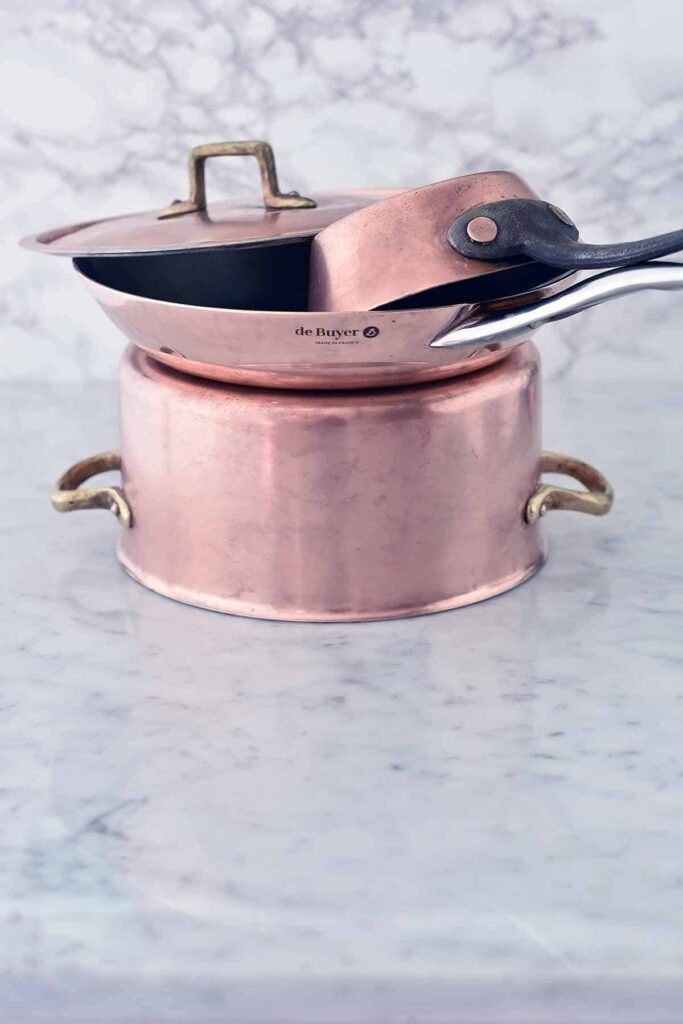
COOK WITH THE RIGHT OILS – Depending on the temperature you need to cook in, you should use or not use a certain type of oil. For example don’t use olive oil for high temperature cooking like frying. It is better to use a vegetable or sunflower oil for high temperatures. Olive oil is perfect for sauteing: a little oil in hot pan and fast cooking. Butter is my favourite for red meat ( if you are going to eat red meat better do it right).
STYLE YOUR PLATE – Today we are lucky to have a lot of inspiration around us in cookbooks, magazine,s pinterest, and social media. It is easy enough to look for plate styling examples as a pretty plate tastes better I think. Regardless of what my recipe pictures look like, this does NOT come natural to me. I find it hard to make things look dainty, so I also need to research and get inspired by others. I think it is Nigella who said most foods are brown like stews and they are delish but not photogenic ( I am paraphrasing her words her), and I AGREE with her. Don’t let the colour images fool you and for sure not deter you from trying to make a difference with using a fun bowl or plate. Certain dishes look better in a bowl like stew versus on a plate. And for GOD SAKE do not serve a random leave or flower of some sort. Everything on your plate needs to be edible and everything needs to add to the flavour.
Written and photographed by Sandra Slawinski without commercial deals.

